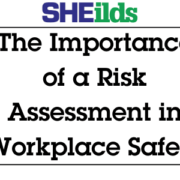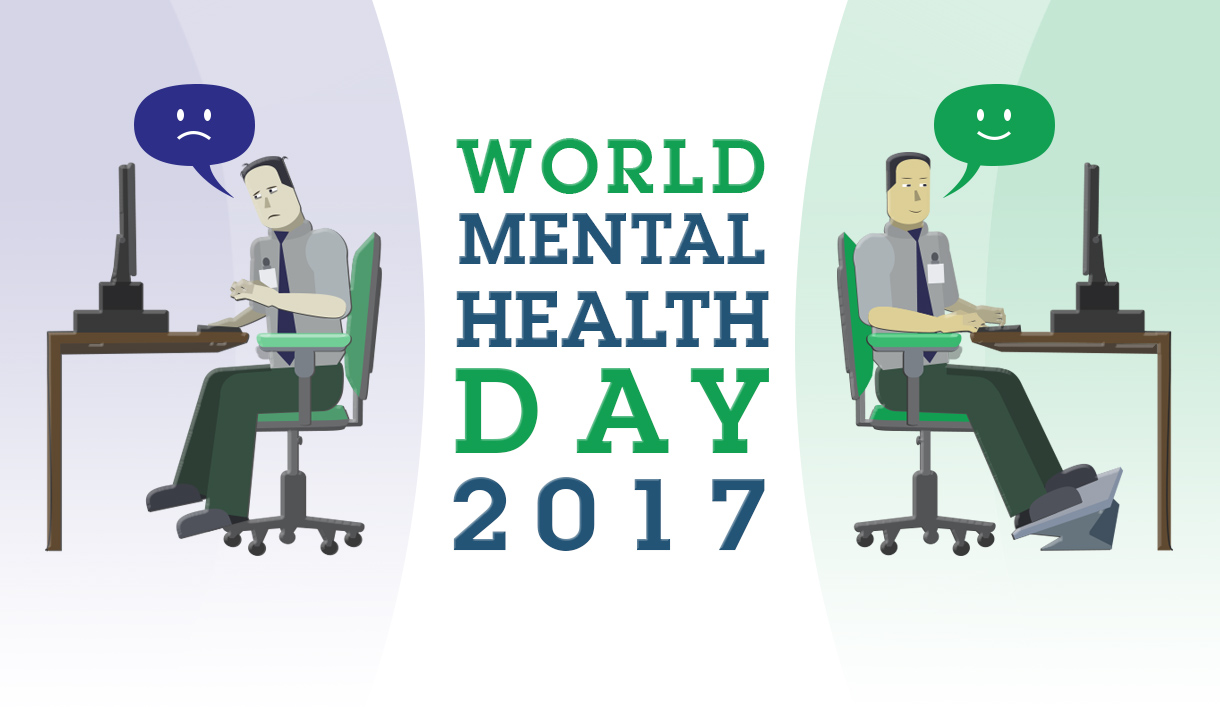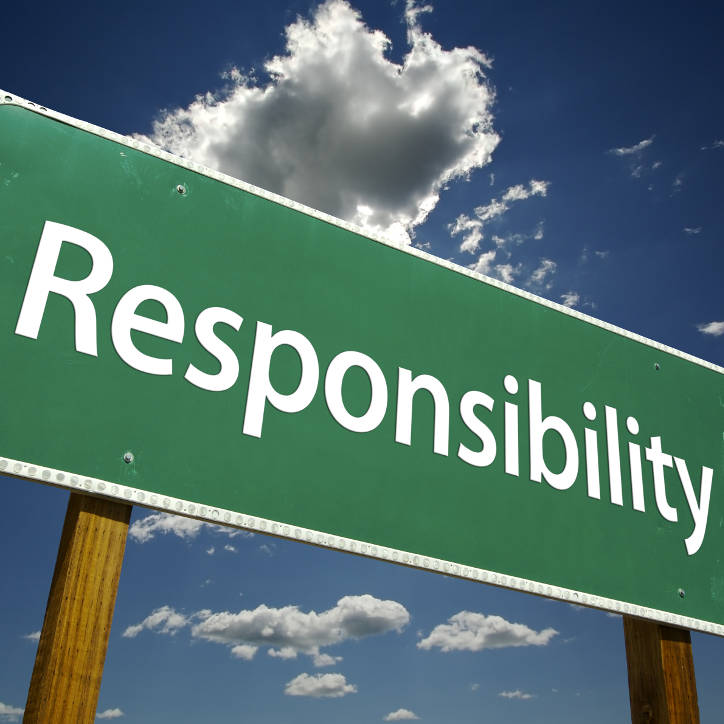Anti-Bullying Week and the Workplace
‘Keep Calm’ but don’t just ‘Carry On’
As you may likely know – particularly if you follow Twitter hashtags – this week is England’s ‘Anti Bullying Week’ being promoted under the theme of ‘Power for Good’.
Typical of such campaigns, the focus of the week is on tackling bullying among school children and young adults – and make no mistake this is an important goal – however, it strikes me that this is also a good opportunity to put a spotlight on the issue in a less obvious area; namely the workplace.
While it would be preferable if reality matched the stereotype of bullying concluding with our early education, attempting to skirt around the problem or water it down under labels such as “disputes” or “joking” is inconsiderate and potentially very dangerous to staff wellbeing.
The Myth and the Reality
Perpetuating a myth that workplace bullying is not worth addressing as a serious issue only serves to make it more potent; writing off a victim’s suffering as inconsequential with a view that they should “toughen up” will enforce isolation, increase the likelihood of long-term mental health issues and ultimately hurt the workplace’s productivity. It’s this last point that should resonate most with everyone if they take a moment to think about it.
Obviously appealing to empathy and common decency to treat coworkers with respect is the idealized motivation, but failing that, no good employee or manager should actively wish to harm their workplace.
And make no mistake; bullying or – through inaction – allowing colleagues to be bullied WILL quickly begin to harm your company.
Good productivity cannot thrive in a toxic culture and fear is a destructive motivator, more likely to wear down employees, potentially followed by illness and departure. This will cost your company and deprive you of potential successes as resources are wasted. Condoning bullying within your workplace may as well be burning company money.
At the other end of the spectrum, victims of sustained bullying should never accept systematic abuse and harassment as a part of their workplace culture or blame themselves. No matter how many bullies there are or what position they hold within the company, challenging the situation in a calm collected manner is more likely to result in improvement than tolerating the unacceptable.
If You or a Colleague are being Bullied
Workplace bullying can be difficult to define given the lack of specific legal definition, but the most obvious signifier is likely to be sustained negative behaviour targeted towards yourself or a colleague.
The most straightforward examples will include abuse and direct personal attacks; however more subtle methods may be used to undermine and humiliate. It could be deliberate exclusion from tasks or ignoring, setting blatantly unfair tasks within the workplace or back chatter and rumours; all of which are likely to result in diminished self-esteem, diminished motivation and thus reduced productivity.
If an individual is being targeted in this way, the obvious question will be ‘how do I make this stop?’
Keep Calm, Don’t Answer Negativity with more Negativity
It may sound patronising, but calming down before you take any action is essential. The majority of bullies engage in this behaviour to provoke an emotional reaction, so delivering one will only reinforce and possibly intensify their attacks.
In the heat of the moment we might be tempted to pursue a dangerous course of action; if you’re practically shaking with anger over a personal attack your immediate response is unlikely to be well thought out. Becoming violent or enacting any kind of revenge will result in escalation and implicate you as a perpetrator rather than a victim in the eyes of management.
Consult Policy, Consult your Contract
If there is a formal, written policy for your workplace, referring to this should be your first course of action. Usually there should be a section regarding what constitutes unacceptable behaviour; if a bully’s actions clearly violate this then it immediately lends more weight to any future complaint, clearly framing it as a case of punishable misconduct.
Talk to Someone you can Trust
This would likely be your line manager, either organizing a private meeting to discuss the issue or – if that’s problematic – an anonymous message explaining details on the matter. It can’t be emphasized enough that seeking help isn’t a sign of weakness, in most cases it will be the smartest thing to do and the most likely path to resolution.
If the bullying is low level or limited to a single person it may be possible to fix the situation informally, perhaps by approaching the party in question with the support of management and offering a chance to improve bad behaviour. On the other hand, if it’s a severe case disciplinary action may be a more likely course of action.
Unfortunately, matters are not always this simple. Your immediate superior may be involved with the bullying or friendly with the party in question, suggesting potential bias or embarrassment in speaking with them. It could also not be the first time the matter has been raised, with bullies ‘striking back’ or your call for help going unheeded. If things have reached this point, then it’s time to take things further.
Higher Authorities and Mediators
In larger organisations this could be as simple as taking the matter up the proverbial ladder, making top level management and staff aware of the problem. Given the obvious harm this behaviour presents to productivity they will be unlikely to let the matter slide and will likely want it firmly stopped. If present, a formal complaints procedure is a preferable method of doing this.
In the event this doesn’t get results or is disregarded, you should consider contacting an external organisation such as acas.org.uk or mind.org.uk for help and impartial advice on what to do next and whether legal action may be warranted in extreme cases.
If you’re a Manager dealing with Bullying
Whether you’re made aware by another staff member or notice bullying taking place, as a manager it’s important to handle the issue with sensitivity, making sure you gather all the facts and remain as objective as possible. As outlined previously, referring to company guidelines on behaviour should form the basis of your investigation into the matter and the outcome.
Discussing the situation with the victim you need to isolate and record key instances of bullying; ascertain what kind of outcome they would like to see and make sure they are well informed of other courses of action or sources of assistance.
Remaining sympathetic is naturally important but it’s worth remembering there may be two sides to the story; getting the bully’s account of events and those of other immediate staff should inform a balanced judgement on the situation. If there is an element of serious doubt it may additionally be a good idea to involve higher management to enforce impartiality.
Depending on whether bullying is identified and how severe the situation is you could choose from a number of options to defuse the situation; ranging from an agreement between both sides on behavioural improvements and closer management, to more extreme solutions such as staff transfer and serious disciplinary actions for the offending party.
Final Thoughts
We work in time where there is an ethnic, gender, sexual, religious and background diversity in our staff that would have once been unprecedented, and while this is something to be celebrated, diversity will regrettably continue to create divisions from time to time.
Grudges will develop. People will choose to condemn rather than embrace differing outlooks. Bullies will attempt to get a rise out of someone they dislike.
However, this is all the more reason why we need to be vigilant, level headed and collected in how we approach the issue of bullying. Bullies must be made to realise the extent to which targeted negativity could damage the workplace as a whole, while the rest of us need to be ready to step up and take sensible action to resolve the problem, choosing compassion and understanding over hatred and one-upmanship.
As with most Health & Safety issues, the worst response to the problem for everyone is usually the one where nothing is done.
Keep Calm, but don’t just carry on. Talk to someone today.
Owen Roach









Leave a Reply
Want to join the discussion?Feel free to contribute!